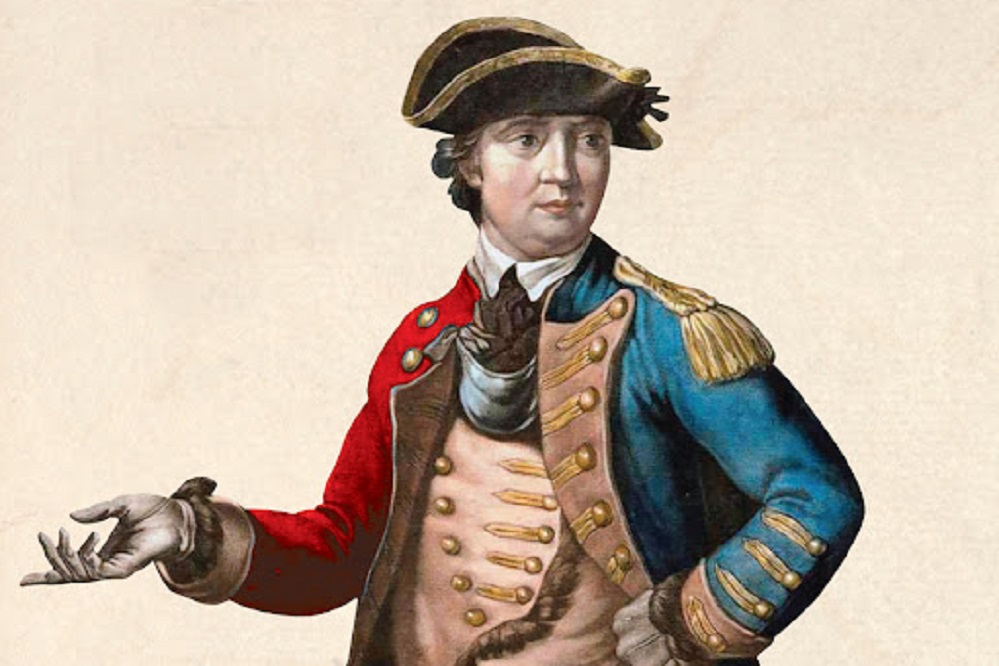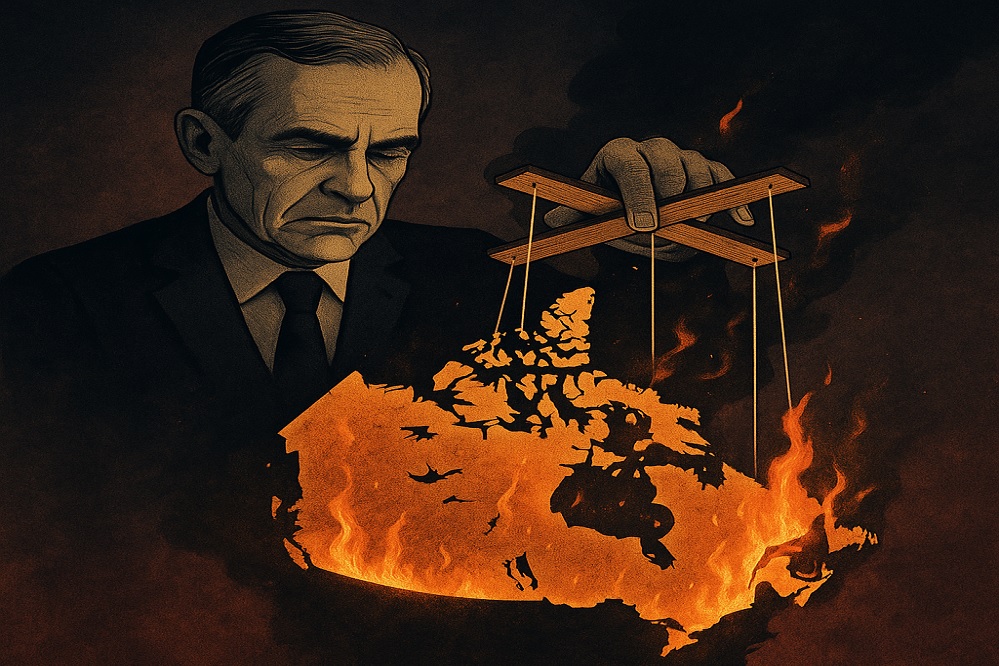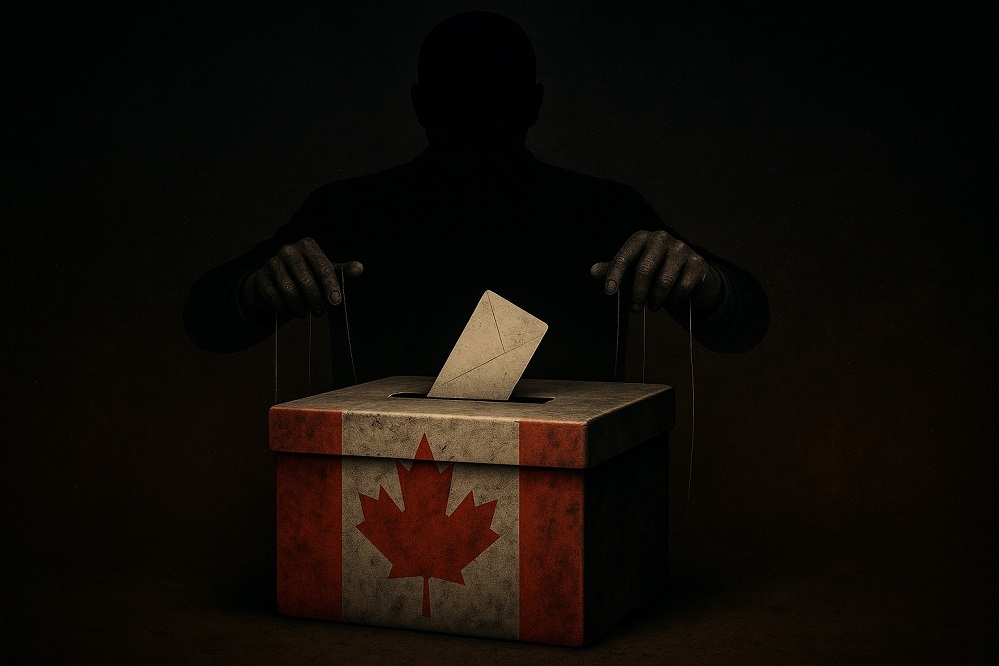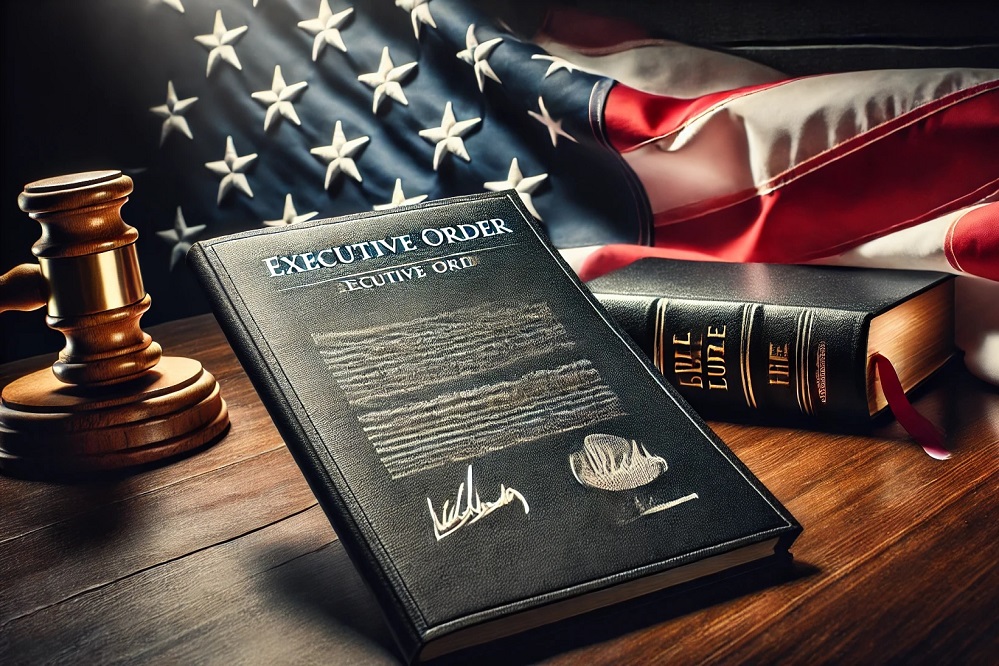As Donald J. Trump prepares to assume office on January 20, an unexpected yet revealing phenomenon is sweeping through the corridors of power: the same Democrats, globalists, and elite figures who once derided him as an existential threat are now cozying up to the president-elect in a desperate bid to preserve their influence. These “turncoats” are pivoting hard, betraying their own principles—or at least their previously vocal opposition—to align themselves with a political reality they can no longer ignore.
The seismic political shift in America is only the beginning. Across the globe, the winds are turning decisively to the right, threatening to dismantle the progressive-globalist order that has dominated for decades. The elites know it—and they’re scrambling to survive.
The Roll Call of Turncoats
Here’s a growing list of the politicians, CEOs, unions, and organizations suddenly pledging allegiance to Trump and the new nationalist wave, even as they quietly hope no one remembers their earlier disdain.
Tech Titans and Silicon Valley Elites
- Mark Zuckerberg: The Facebook CEO, who once championed immigration reform and stood against Trump’s rhetoric, has reportedly reached out to the incoming administration to “find common ground.” Critics suggest Zuckerberg is more concerned about escaping antitrust investigations into Meta’s monopolistic practices.
- Bill Gates: Gates, a vocal advocate for progressive globalism, has tempered his criticism of Trump, offering collaboration on vaccine distribution and global health initiatives—moves many see as strategic rather than altruistic.
- Elon Musk: Though more reserved in his criticism of Trump, Musk has now fully embraced cooperation, even appearing supportive of Trump’s focus on deregulation, which could benefit Tesla’s operations.
- Sundar Pichai (Google/Alphabet CEO): After years of tension over censorship allegations, Pichai has quietly begun backchannel communications with the Trump team, hoping to avoid being a prime target for tech regulations.
Corporate America and Wall Street
- Jamie Dimon (JPMorgan Chase CEO): Dimon’s previous criticisms of Trump’s trade policies and “divisive tone” have given way to public statements praising Trump’s plans for tax reform and deregulation.
- Jeff Bezos: The Amazon mogul, once seen as Trump’s ultimate rival, has softened his tone, with Amazon’s lobbying efforts now aimed at collaboration rather than confrontation. Many suspect Bezos is aiming to avoid further scrutiny of Amazon’s labor practices and monopolistic tendencies.
- Tim Cook (Apple CEO): While Cook previously championed progressive causes and clashed with Trump over immigration and tariffs, he has shifted to calling for “partnership” with the administration to strengthen the U.S. economy.
Union Leaders and Organizations
- Sean O’Brien (Teamsters Union President): After supporting Biden’s campaign, O’Brien has pivoted to praising Trump’s infrastructure agenda, an apparent effort to keep union jobs secure in industries that will benefit from federal investment.
- Richard Trumka Jr. (AFL-CIO): Despite the AFL-CIO’s historical alignment with Democrats, Trumka has now signaled a willingness to work with Trump, particularly on trade and manufacturing policies that could benefit union members.
Political Figures and Government Insiders
- Mitt Romney: Romney’s political career is a masterclass in opportunism, but his recent softening toward Trump, whom he once called a “fraud,” has surprised even his critics.
- Gavin Newsom: The California governor, who previously painted Trump as a divisive and dangerous figure, is now urging bipartisan cooperation—likely to secure federal funds for California’s mounting crises.
- Angela Merkel (Former German Chancellor): Merkel, a key architect of progressive globalism in Europe, has begun to acknowledge the necessity of “more pragmatic” approaches to trade and diplomacy, signaling a shift in tone toward Trumpian policies.
- Boris Johnson (UK Prime Minister): While often outwardly supportive, Johnson has faced accusations of aligning with Trump to secure trade deals post-Brexit, a move criticized as overly deferential.
Hollywood and Media
- Oprah Winfrey: Known for her progressive ideals, Oprah is now striking conciliatory tones, calling for unity and bipartisanship. Observers note the stark contrast to her previous anti-Trump rhetoric.
- Leonardo DiCaprio: Once a vocal critic of Trump’s environmental policies, DiCaprio has reportedly expressed interest in “constructive dialogue” on renewable energy, perhaps recognizing the shift in power.
- CNN Executives: After years of relentless anti-Trump coverage, CNN’s editorial tone has noticeably softened post-election, sparking rumors of backroom negotiations to mend fences with the administration.
Trump’s Calculated Strategy: Holding Enemies Closer
Donald Trump’s approach to the trepid turncoats is a fascinating mix of magnanimity and Machiavellian strategy. On one hand, his willingness to engage with former critics has the potential to heal some of the rifts that have divided the nation. By extending an olive branch—or at least the appearance of one—Trump positions himself as a unifying force, reaching across the aisle and inviting cooperation from unexpected quarters.
However, there’s a deeper and far more strategic calculation at play. Trump is a master of the old adage: “Keep your friends close, but your enemies closer.” He knows that many of the elites now flocking to his side are not doing so out of genuine belief in his vision, but out of fear and self-preservation. These individuals and organizations are unlikely to ever be fully trustworthy. By bringing them into his orbit, Trump can monitor their moves, neutralize their influence, and preempt any attempts to undermine his administration from within.
This strategy not only consolidates Trump’s power but also exposes the true nature of the globalist elites. Their willingness to pivot so quickly and align themselves with someone they once called a threat to democracy reveals their lack of principle and their relentless pursuit of self-interest.
The Danger of Turncoats
Despite the short-term benefits of co-opting these elites, Trump—and the nation—must remain vigilant. Turncoats can never be fully trusted. While they may feign loyalty now, their long-term allegiance to the globalist agenda remains a threat.
The globalists have not abandoned their ambitions. Their goal of dismantling national sovereignty, eroding democratic institutions, and consolidating power remains unchanged. Their opposition to Trump before the election was not merely personal—it was ideological. The movement he represents is a direct challenge to their vision of a borderless, technocratic world order.
Now, finding themselves on the losing side, they are regrouping. Their newfound cooperation with Trump is not a surrender but a strategic pause. They are biding their time, looking for weaknesses to exploit and opportunities to regain their footing.
Trump’s challenge will be to balance the need for pragmatism with the imperative of vigilance. He must utilize the resources and expertise of these turncoats while remaining wary of their motives. Trusting them too much could allow the globalists to regroup and continue their efforts to undermine not only his administration but the broader movement toward national sovereignty and self-determination.
The Global Turn to the Right
(This section remains unchanged, highlighting the broader global shift toward nationalist and populist movements.)
Why Are They Flipping?
(This section remains unchanged, detailing the motivations of the elites to realign with Trump.)
The Fallout
Trump’s calculated decision to hold his enemies closer is a double-edged sword. On one hand, it showcases his ability to rise above petty grudges and build alliances, even with those who once sought to tear him down. This move could signal to the nation—and the world—that Trump is not the divisive figure his critics once claimed but a leader willing to work with all parties to achieve his vision.
On the other hand, it underscores the treachery of the globalist elites. Their quick pivots and newfound allegiance are not acts of unity but of survival. Trump’s supporters must remember that these trepid turncoats remain as dangerous as ever, their ultimate goals unchanged.
As the world continues to turn hard to the right, the globalists’ influence wanes—but their desperation grows. The next four years will not only test Trump’s leadership but also the resilience of the movement he has built. The battle for the future of democracy, national sovereignty, and cultural preservation is far from over. The trepid turncoats may appear loyal now, but their betrayal may only be a matter of time.




